Latching On
One of the top concerns of breastfeeding moms is latching pain! It is also one of the biggest reasons Edmonton mothers quit breastfeeding and rightfully so, it hurts! No one wants extra pain when you are already so exhausted with a new baby.
So let’s talk about it for a bit...What does “latching on” mean? Does a traumatic or difficult birth affect latching on? What could you do if the baby doesn’t latch? What is a good latch anyway? We can help if you want to ask these questions directly to an Alberta registered nurse. Contact Us.
“Latching on” simply means the baby taking the breast into his or her mouth. However, sometimes it's not this simple! Not all babies are the same; not all breasts are the same; not all nipples are the same. Sometimes the baby prefers one position on one breast and another position for the other; sometimes the baby prefers only one breast and not the other and sometimes the mother prefers one position over the other. The baby could be tongue tied or extra sleepy or have a tiny mouth. There are so many reasons why latching can be difficult.
A good latch for a breastfeeding baby is taking a large mouthful of nipple and areola, bringing the nipple to the very back of their mouth and massaging the areola with the tongue.
A good latch is not only pain free but it also means the baby is getting more milk. A mother might have an abundant milk supply and her baby is growing but overtime a poor latch can lead to decreased milk supply. A poor latch might also result in nipple pain and damage, long feeds with low weight gain or long term low milk supply.
This can have a traumatic or difficult birth experience can definitely have an effect on bonding and breastfeeding. Being able to recognize this is a huge step in the right direction. Also, forgive yourself! You have been through a lot too!
Many babies won’t latch after a difficult birth and you may not want them too. Here are some ideas to help with bonding:
Remain skin to skin for as long as possible. Smell, touch and enjoy each other!
If you are home, take a warm bath together alone. Enjoy the time together.
Limit visitors or simply tell them you need time with your baby. If he/she won’t latch, be patient. Try not to get upset or frustrated.
Three “MUST-DO’S” if baby won’t latch:
Hand express colostrum! By removing colostrum from your breasts it is telling your body to produce more now and also to continue making milk for the future. In the first 1-2 days you’ll want to hand express every 2-3 hours around the clock. If your “milk” is in on day 3 you can choose to continue hand expressing or try pumping. Continue with breast massage and breast compression to encourage more milk.
Feed your baby! In the early days, this can be with a spoon, a medicine cup or a syringe.
Stay skin to skin! Direct skin to skin contact helps with bonding and keeps your baby warm. It also keeps their heartbeat and breathing steady while his/her food source is close by! It feels amazing!
Tips to achieve a good latch
Your nipple level to baby’s nose
Ensure the neck is extended so the chin touches the breast first
Tickle the babe’s top lip with your nipple
Be patient and wait for the wide open mouth
Once opened like a yawn, bring your baby in extra close and seal the latch. Picture your nipple at the back and roof of your baby’s mouth
Top and bottom lip should be flanged out, not tucked in
Do not hold the back of the head. Your hand can go at the shoulder blades for stability
Getting support with your latch is very important. Ask your nurses/midwives/doctors for help while you are in the hospital. Sometimes hospitals will have a lactation consultant on staff. Don’t be afraid to ask for help as many times as you need. There are community supports such as Le Leche League and private practice lactation consultants to contact once you are home.
Check out youtube videos such as:
How to Breastfeed - Deep Latch Technique
Global Health Media- Attaching Your Baby at the Breast
International Breastfeeding Centre- Breastfeeding Videos
Melissa Alexander RN, IBCLC, Mychelle Gagne RN, IBCLC
Edited by: Lindy Akins RN & mother of 3 breastfed babes
References
Biancuzzo, M. (2003). Breastfeeding the newborn: clinical strategies for nurses. St. Louis, MO: Mosby.
Brown, A. B. (2018). The positive breastfeeding book: everything you need to feed your baby with confidence. London: Pinter & Martin.
Newman, J., & Pitman, T. (2014). Dr. Jack Newmans guide to breastfeeding. London: Pinter & Martin.
Wiessinger, D., West, D., & Pitman, T. (2011). The womanly art of breastfeeding. London, England: Pinter & Martin.


